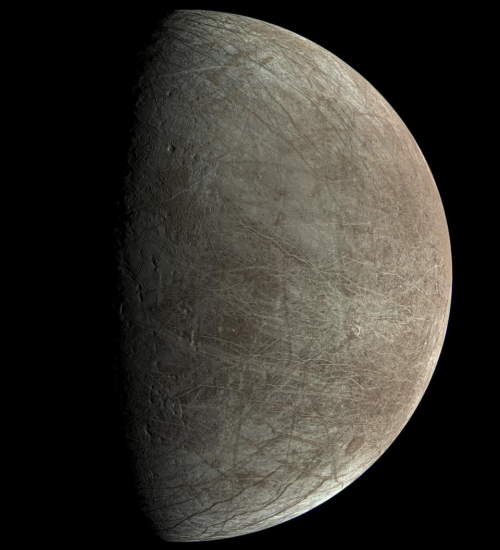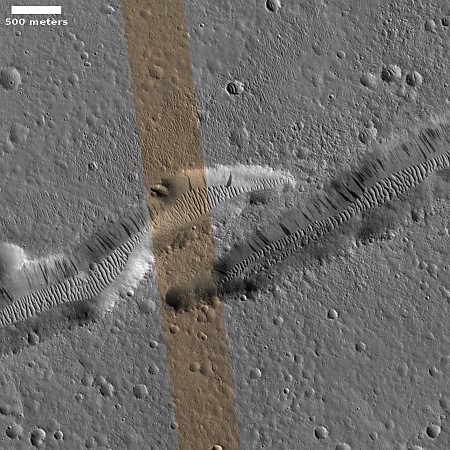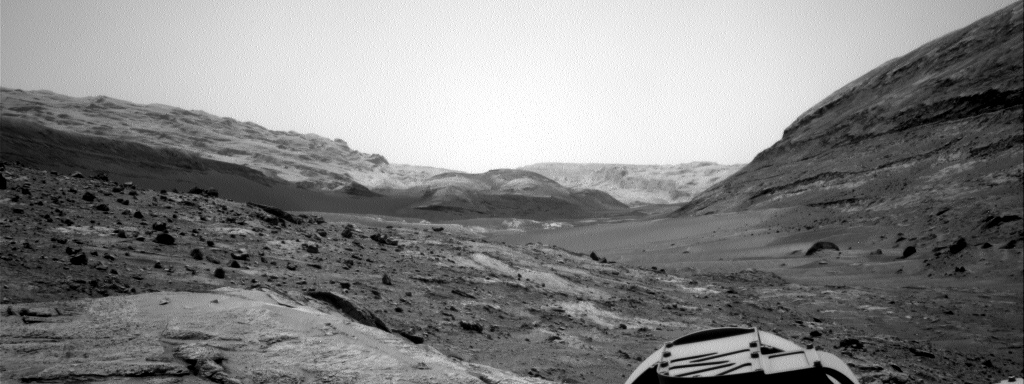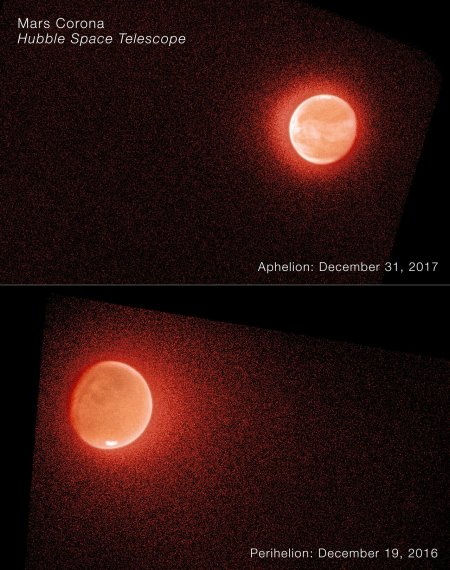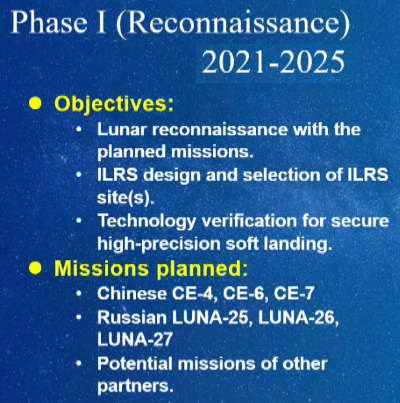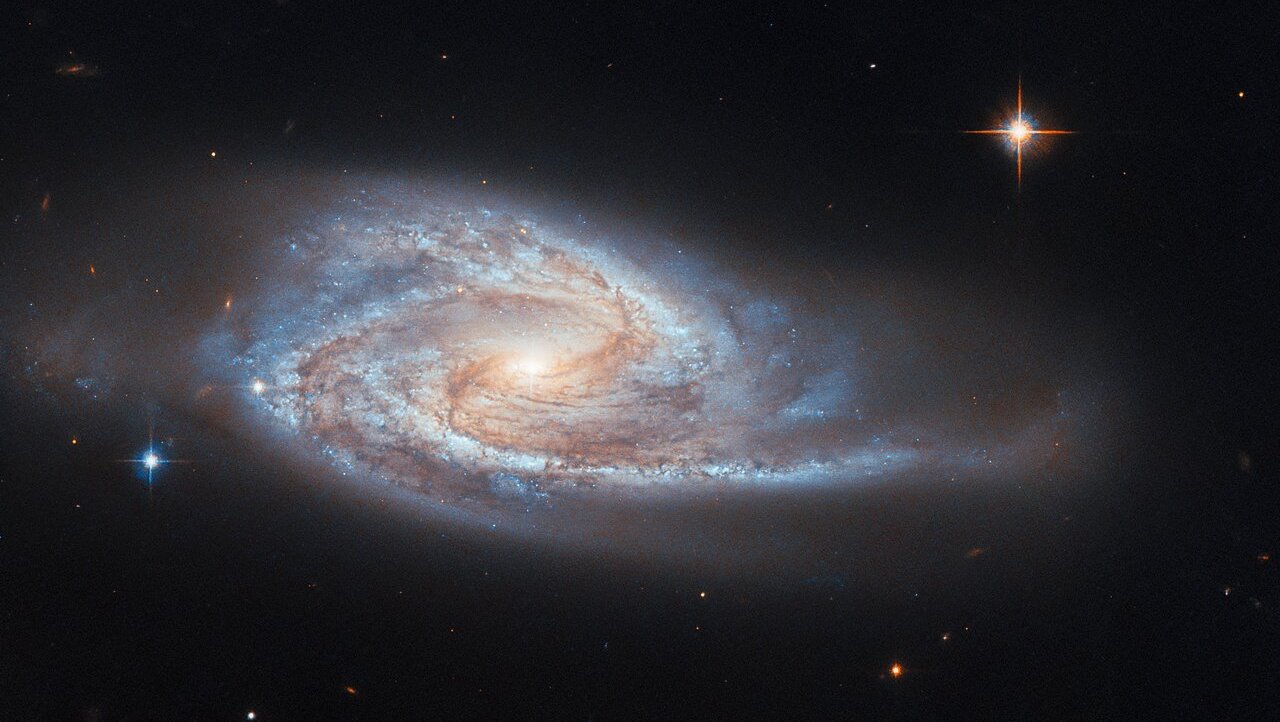A cloud atlas of Mars
Using data obtained from one of the instruments on the European Space Agency’s (ESA) Mars Express orbiter, scientists have now published an atlas of the clouds of Mars and made it available to the public.
The picture to the right, cropped, reduced, and sharpened to post here, is just one example of the images in the atlas. From the caption:
This image displays two atmospheric phenomena: the white curved lines are gravity wave clouds, while the brown areas are dust lifted from the ground by wind. The colour shift visible in the dust lifting event might be indicative of very fast winds, a phenomenon currently under investigation by other members of the team.
The atlas contains more than 300 images of various Martian cloud formations, from the one to the right to images of cirrus clouds on the top of Olympus Mons, Mars’ largest volcano. You can download it here (the file is a very large spreadsheet).
Using data obtained from one of the instruments on the European Space Agency’s (ESA) Mars Express orbiter, scientists have now published an atlas of the clouds of Mars and made it available to the public.
The picture to the right, cropped, reduced, and sharpened to post here, is just one example of the images in the atlas. From the caption:
This image displays two atmospheric phenomena: the white curved lines are gravity wave clouds, while the brown areas are dust lifted from the ground by wind. The colour shift visible in the dust lifting event might be indicative of very fast winds, a phenomenon currently under investigation by other members of the team.
The atlas contains more than 300 images of various Martian cloud formations, from the one to the right to images of cirrus clouds on the top of Olympus Mons, Mars’ largest volcano. You can download it here (the file is a very large spreadsheet).


